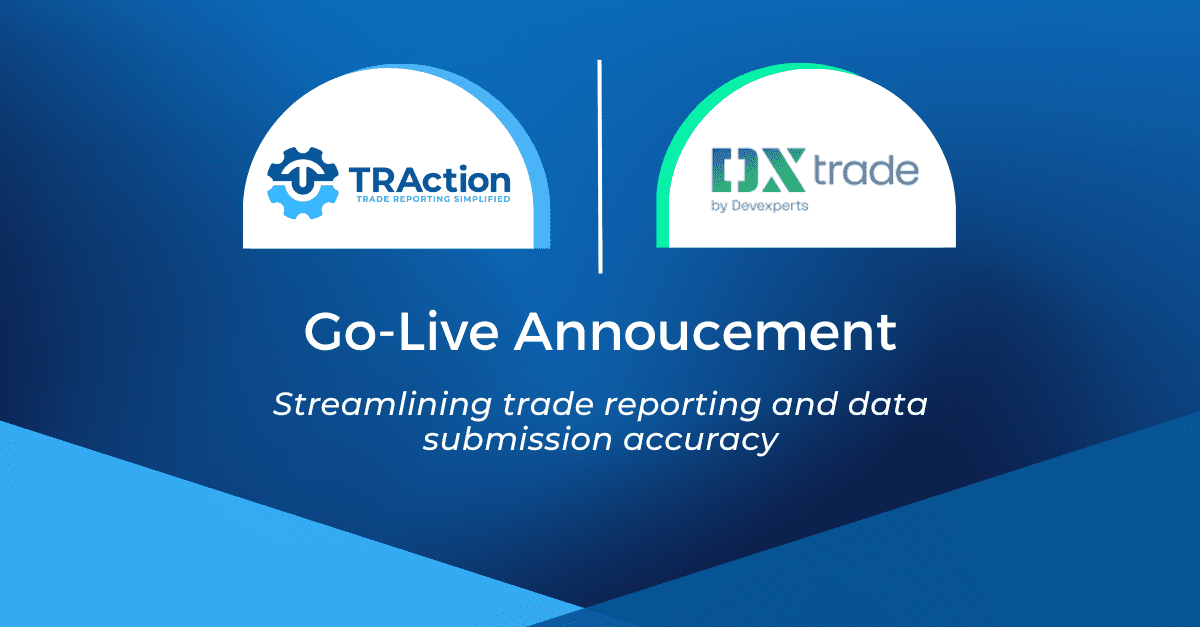When performing the back reporting for collateral and valuation information which is required under ASIC and MAS, do you need to report such information for each day or only on the latest day? For both regimes, the answer is the same and depends on the status of the transaction. If a transaction has been terminated, there should be the back reporting of valuation and collateral termination for the last day. If the transaction is still current, back reporting is not required given the nature of their content and frequency of their reporting under the new regulations.
Requirement to report changes
Under the ASIC Rules, a reporting entity must report changes to information previously reported, including variations that have occurred in relation to valuation and collateral amount (posted or collected) information (Rule 2.2.2).
For MAS, the SF(RDC)R requires reporting entities to report any subsequent amendment, modification, variation or change to information that is required to be reported in the First Schedule to SF(RDC)R (which includes collateral and valuation information) (Regulation 7).
Under both regimes, if there are such changes, they are to be reported within 2 business days of the change.
Approach to back reporting
ASIC
ASIC does not require back reporting for transactions expired or terminated prior to 20 October 2024 – this captures the collateral and valuation messages for such expired and terminated transactions as well. There is also a requirement to take all reasonable steps to ensure that the information reported is and remains at all times complete, accurate and current (Rule 2.2.6).
ASIC Technical Guidance provides:
’57. (d) valuation and collateral reports are regularly and frequently made and, by the nature of their content, will be necessarily wholly reported according to the 2024 Rules specifications from the commencement of the 2024 Rules.’
and also the below:
’929. As valuation information is updated with frequent new valuation reports, no legacy trade valuation information is migrated.’
The above statements from the ASIC Technical Guidance confirms that the back reporting for a transaction in terms of valuation and collateral reports, must be done for a transaction that has been terminated since 20 October 2024, when the updated ASIC Rules came into effect. This is because during the life of the transaction, reporting would have occurred in full form from the commencement of the updated ASIC Rules, where daily reporting of collateral and valuation information has become a new requirement. Where a transaction is still open, the current status for the collateral and valuation reports are to be reported by T + 2.
ASIC RG 251 provides examples of where there may be reporting breaches such as the failure to submit valuation and collateral reports within the T + 2 reporting deadline, and how to deal with correcting errors and omissions (i.e. back reporting) and whether such a breach would be considered a ‘significant’ breach. For more information on ASIC trade porting breaches, please see our article here.
MAS
MAS does not require the back reporting of collateral and valuation information. Re-reporting the details of the specified derivatives contract is only required if there are changes to contract terms, but this requirement excludes simple updates on valuation or collateral amount.
MAS provides an exemption for re-reporting or back reporting of information that previously was not captured at the point when the contract was executed – see below from FAQs (on the SF(RDC)R on Regulation 10E(2)(b) and (3)):
‘A4.11:
When submitting a report for a previously reported derivatives contract (e.g. for rereporting, for an amendment or termination), reporting entities are exempted from providing new information if it fulfills each of the following criteria:
(i) the reporting entity was not required to report the information under the old regulations (i.e. regulations under the SF(RDC)R prior to 21 Oct 2024); and
(ii) the reporting entity had not recorded the information at the time of execution of the derivatives contract.
These may include for example, collateral information that the reporting entity was not previously required to report and had not recorded during the time of execution of the derivatives contracts.’
How can TRAction assist with your trade reporting?
TRAction closely monitors trade reporting regimes and we ensure our clients are compliant with updates to global regulations. We also assist our clients in identifying if there are transactions that need to be back-loaded or if breach reporting to the relevant regulator may be required.
If you have any questions in relation to your relevant trade reporting regime, please contact us.




